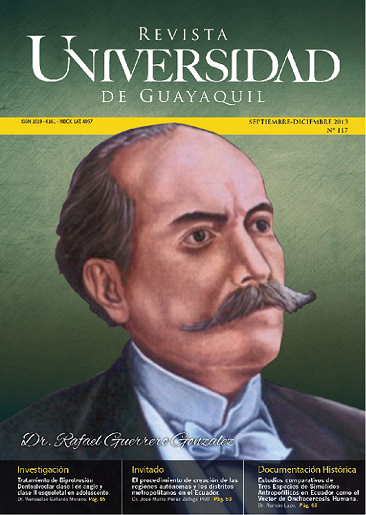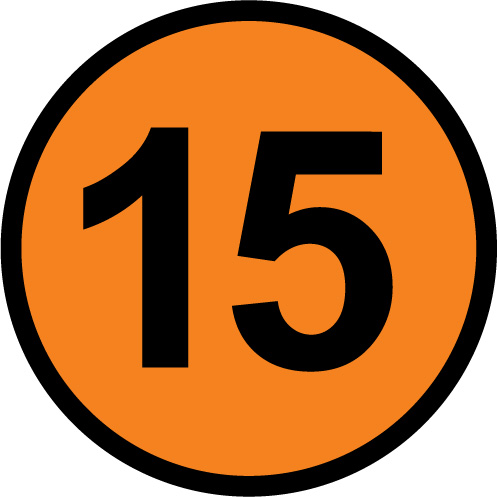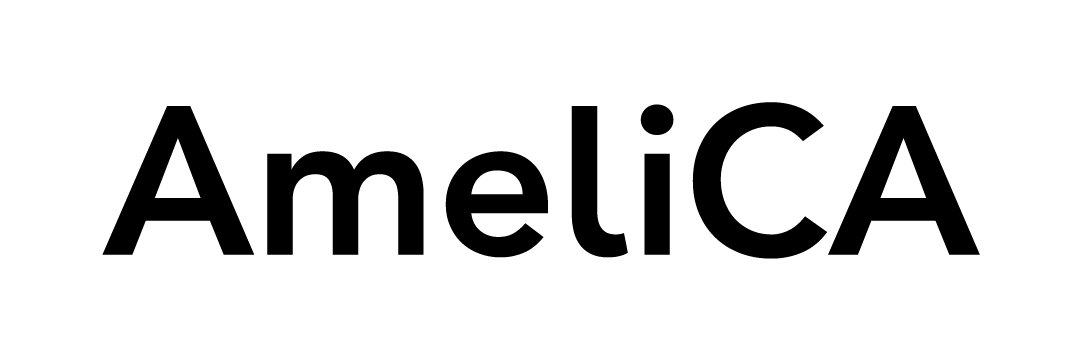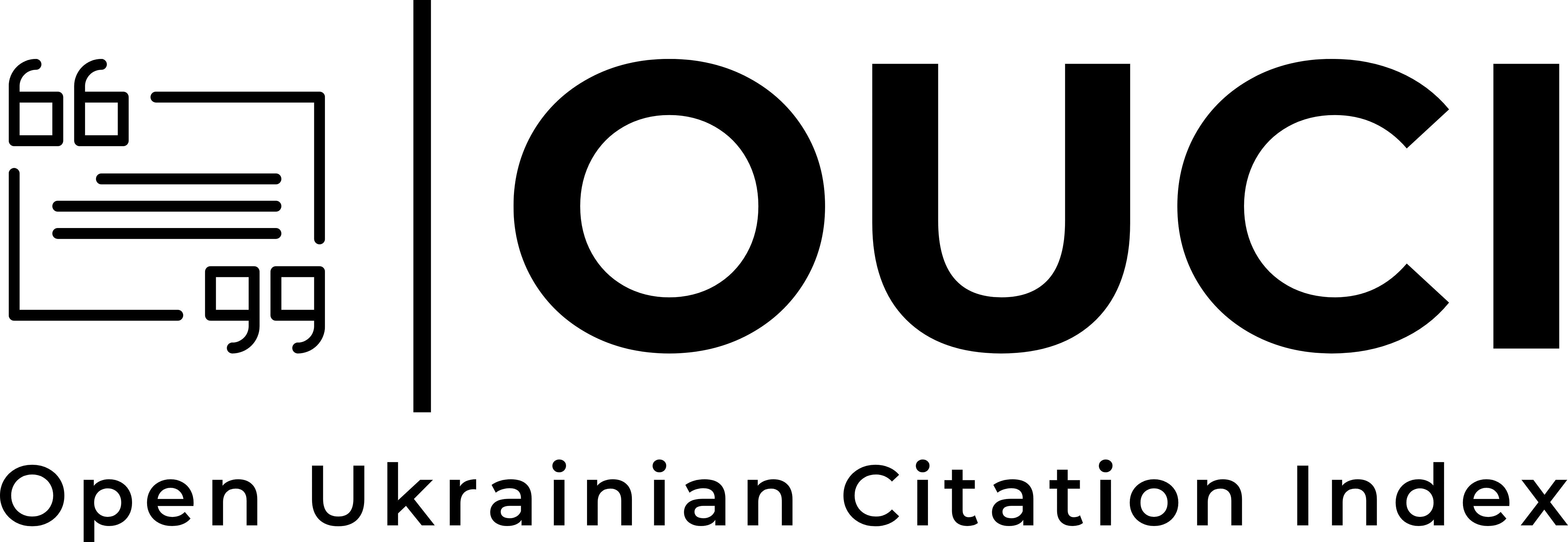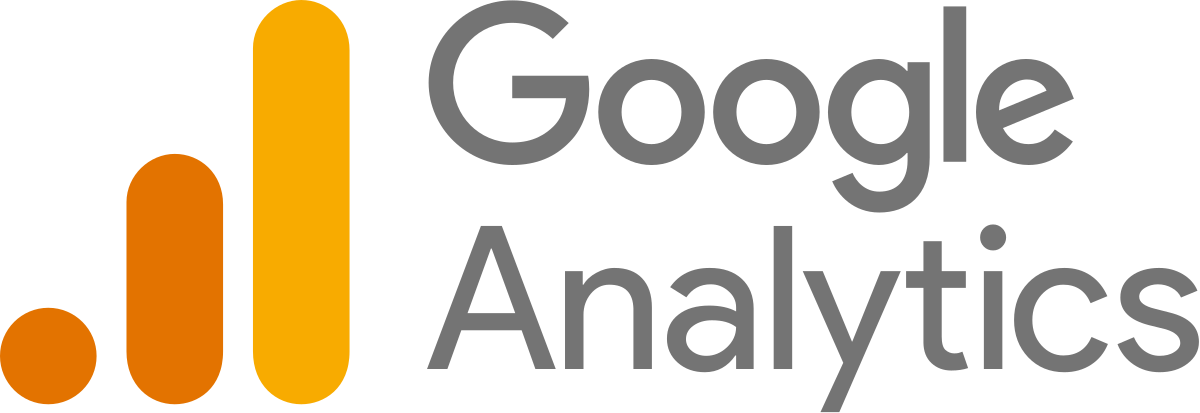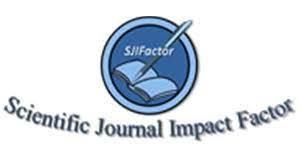Events of red tides: Preventive strategies of management in Ecuador
DOI:
https://doi.org/10.53591/rug.v117i3.863Keywords:
Red tide, microalgae, phytoplankton, algal bloom, dinoflagellate, bio-toxinAbstract
A retrospective analysis of the existing information was made on red tides, happened in understood the coastal and insular marine area of Ecuador between 1968 and 2009, in order to locate aerial geographic of main impact, times of the occurrence, species producing causes of these events and the registries of mortality of organisms. The results demonstrated 131 events of red tide in which 26 events of mortality of organisms were included. The years of greater occurrence were in 1985 (Estero Salado), 2001 (coastal central area) and 2003 (Puná island and coasts of El Oro), possibly in answer to local oceanographic con[1]ditions. The months of main occurrence were in March, April, and May, although these also were demons[1]trated in every month of the year, coincident with the main solar radiation. The aerial geographic of the most occurrence was located in the Gulf of Guayaquil (80%), mainly in the internal channels, near of Puná island and in front of the El Oro Province, sites that are related to areas of greatest anthropogenic use. Thirty and seven species were identified cause of red tides, being the Dinophyceae class with twenty-eight species of dinoflagellates, followed by Cyanophyceae, Bacillariophyceae (three species), Raphidophyceae (two species) and one Ciliate. The Gulf of Guayaquil it was the site that had of most number of species. Me[1]sodinium rubrum was the dominant taxon with highest number of red tides, followed by Gymnodinium sp., Noctiluca scintillans and Cochlodinium catenatum. The twenty-six events were related to mortality of orga[1]nisms (fish, shrimp and larvae of shrimp) and these happened in the Gulf mainly; this not had a scientific explication, because any environmental authority at the present as it was the cause. These results establish the necessity of actions anticipated by means of a strategies proposal in the integrated management of the prevention, control and monitoring to future events of red tides and their impacts.
References
Anderson D., A. Cembella and G. Hallegraeff, 1998. Physiological Ecology of Harmful Algal “blooms”. NATO ASI Series G: Ecological Sciences, 41: 1-662.
Black E. 2001. A Risk Assessment Approach to HAMM for Aquaculturists. HAMM. In http://www.cfsan. fda.gov/~frf/hamm01ab.html.
D. 2003. Mareas rojas en el Ecuador. Informe del Instituto Nacional de Pesca. VI Taller REGIO NAL COI FANSA sobre Floraciones Algales Nocivas en Sudamérica, Guayaquil.
Coello D. 2007. Marea roja ocasionada por Scripsiella trochoidea en el estuario del río Chone (mayo 2007). Informe INP.
Coello D., Cajas J., Macias P., Calderón G., y J. Lindao. 2009. Calidad de agua frente a Bajo Alto (Canal de Jambelí), durante junio 2009. Informe INP. 11pp.
Fogg G. 2002. Harmful Algae: A Perspective. Harmful Algae 1: 1-4.
Fournier M., 2009. La zona Marino Costera. Undécimo informe sobre el estado de la nación en desarrollo humano sostenible. Informe final.
GEOHAB, 2004. Global Ecology and Oceanography of Harmful Algal “bloom”: Science Plan. P. Glibert and G, Pitchers (Eds.). SCOR and IOC, Baltimore and Paris, 87.pp.
Hallegraeff G. 2002. Aquaculturist Guide to Harmful Australian Microalgae. 2nd.Edition. Universidad de Tasmania, Australia.
Hallegraeff G. 2004. Harmful Algal “bloom”s: A Global Overview. In Manual on Harmful Marine Micro algae. Edited by G. Hallegraeff, D. M., Anderson, and A.D. Cembella, A.D
Hansen G., Turquet J., Pasca J., Ten-Hage L-. Lugomela C., Kyewalyanga M., Hurbungs M., Wawiye P., Opongo B., Tunja S., and H. Rakotoarinjanahary. 2001. Potentially Harmful microalgae of the Western Indian Ocean: a guide base a preliminary survey. IOC Manuals and Guides Nº 41, UNESCO.
Jiménez R. 1989. Red Tide and Shrimp Activity in Ecuador. Establishing a Sustainable Shrimp Mariculture Industry in Ecuador. Ed. S. Olsen and L. Arriaga. pp 185-194.
Jiménez R., 1993. Ecological factors related to Gyrodinium instriatum “bloom” in the inner estuary of Gulf of Guayaquil. Toxic Phytoplankton “bloom”s in the sea. T.J.Smayda and Y. Shimizu editors.
Jiménez R., 1996. Biología, Ecología y Acuacultura (segunda parte). En Sistemas Biofísicos en el Golfo de Guayaquil. Comisión Asesora Ambiental de la Presidencia de la República (CAAM).
Jiménez R., y E. Gualancañay, 2006. Floraciones de Mesodinium rubrum en los procesos de surgencia en el Pacífico Ecuatorial. Acta Oceanográfica del Pacífico, INOCAR. 13 (1): 65-72.
Lindehoff E., Granéli E., and W. Granéli, 2009. Effect of tertiary sewage effluent additions on Prymnesium parvum cell toxicity and stable isotope ratios. Harmful Algae, 8: 247-253.
Masó M. 2003. Harmful Algal Blooms and Nutrients. Workshop on Marine-Based Public Health Risk International Marine Center. Italy.
Ochoa E., Olsen S., y L. Arriaga, 2000. Macrozonificación de la zona costera Continental: Propuesta para el ordenamiento y desarrollo de la costa ecuatoriana. Programa de Manejo de Recursos Costeros.
Olsen Y., 2011. Resourses for fish feed in future mariculture. Aquacul. Environ. Interact. 1: 187-200.
Reguera B., 2002. Establecimiento de un programa de seguimiento de microalgas tóxicas. En Floraciones Algales Nocivas en el Cono Sur Américano, Sar E., M. Ferrario y B. Reguera (eds). Instituto Español de Oceanografía.
Sournia A. 1978. Phytoplankton manual. Monographs on Oceanographic methodology 6. UNESCO.
Torres G., 2000. Ocurrencias de Mareas Rojas durante 1989-1999, en aguas Ecuatorianas. Acta Oceanográfica del Pacífico (INOCAR, Ecuador), 10 (1): 127-136.
Torres G., y C. Palacios, 2007 (a). “bloom” de Noctiluca scintilans y Ceratium dens en el Golfo de Guayaquil (2004). Informe científico. Acta Oceanográfica del Pacífico (INOCAR, Ecuador), 14 (1): 125
Torres G. y C. Palacios 2007 (b). Calidad Ambiental del “bloom” algal en el área urbana del Estero Salado (Ciudad de Guayaquil) en Junio 2005. Acta Oceanográfica del Pacífico (INOCAR, Ecuador), 14 (1): 115-124.
Torres G. 2012. Eventos de mareas rojas: Estrategias de manejo preventivas en Ecuador. Tesis de Grado Magister en Ciencias. Universidad de Guayaquil.
Tsukamoto R., 2002. Tratamiento Primario Avanzado: El Paradigma moderno de tratamiento de aguas residules sanitarias.
Twilley R., Cárdenas W., Rivera-Monroy V., Espinoza J. Suescum R., Montaño M. and L. Solórzano. 1999. Ecology of the Gulf of Guayaquil and the Guayas River Estuary. Informe.
Utermohl, H., 1958. Zur Vervollkomnung der Quantitativen phytoplankton methodik Mitt Inter. Ver. Limnol, 9:1-38.
Published
How to Cite
Issue
Section
License

This work is licensed under a Creative Commons Attribution-NonCommercial-NoDerivatives 4.0 International License.

This work is licensed under a Creative Commons Attribution-NonCommercial-NoDerivatives 4.0. International License.
You are free to:
- Share — copy and redistribute the material in any medium or format
- The licensor cannot revoke these freedoms as long as you follow the license terms.
Under the following terms:
- Attribution — You must give appropriate credit , provide a link to the license, and indicate if changes were made . You may do so in any reasonable manner, but not in any way that suggests the licensor endorses you or your use.
- NonCommercial — You may not use the material for commercial purposes .
- NoDerivatives — If you remix, transform, or build upon the material, you may not distribute the modified material.
- No additional restrictions — You may not apply legal terms or technological measures that legally restrict others from doing anything the license permits.

